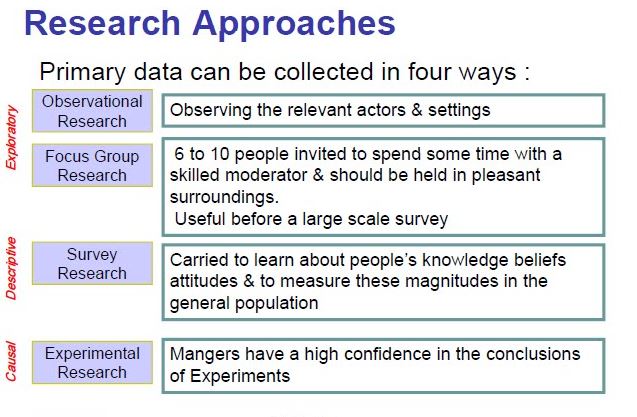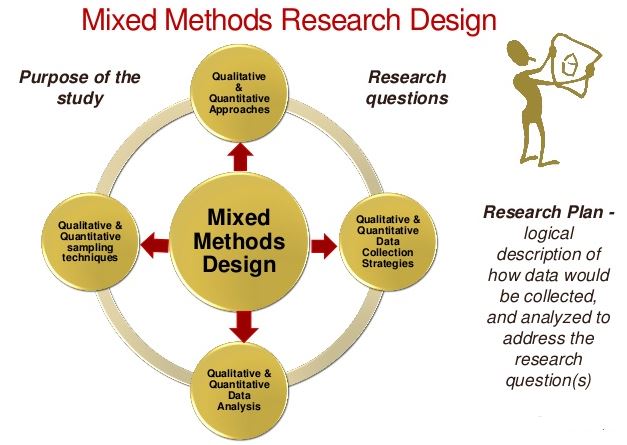Critical Thinking and “What-If” Analyses in Management Decisions
Title: Critical Thinking and “What-If” Analyses in Management Decisions
“No problem can be solved by the same consciousness that created it.”
– Albert Einstein
“We are approaching a new age of synthesis. Knowledge cannot be merely a degree or skill . . . it demands a broader vision, capabilities in critical thinking and logical deduction without which we cannot have constructive progress.”
– Li Ka Shing
“To every complex question there is a simple answer and it is wrong.”
– H. L. Mencken
In its simplest interpretation, we all apply critical thinking in our daily lives, often without even giving a nod to the process we use to arrive at routine decisions. The common characteristics of basic decision making that we all use are so elementary: Gathering information and keeping informed about areas of interest and the particulars to be considered before arriving at a decision; asking questions to ensure we clearly understand pertinent factors; brainstorming; weighing the evidence we have gathered, utilizing a “tried and true” method we have adopted or usually rely on, and – in so doing – determining what is actually relevant to the problem or decision at hand; taking historical elements into account, but assessing facts within their current context; seeking to discern the truth of any claims or assertions, and determining if bias exists that would affect facts or outcomes.
This pattern is repeated for all decisions, from the smallest – for instance, what apparel to wear, in light of planned physical activities or appropriateness for an event – to the most important of decisions, such as whether or not to propose or accept an offer of marriage, or what university to attend.
From a more sophisticated perspective, the simple steps commonly used to arrive at a decision can be deconstructed as
- Systematic questioning
- Structured problem solving
- Risk assessment and management
- Progressive decision-making
- Management of thought process
- Arrival at a solution and implementation
Brainstorming can help determine the appropriate framework of inquiry necessary to gather the most pertinent information, which depends, of course, upon the answers being sought. Methodology used in the problem solving process provides the structure, and there are several methods and systems that can be utilized depending on the nature and scope of the factors to be evaluated, and their relationship, if any. The broader the criteria and more interrelated the particular set of decision problems and apparent alternatives, and the more variable in number and threat level the kinds of risks to be considered, the more complicated the methodology must be in order to assimilate all pertinent information and accommodate as many options and outcomes as is possible. Once again, brainstorming is required to envision all potential perils or disruptive forces that might impinge upon the success of an entity or endeavor.

A simple outranking of one outcome above the next is a concept that provides a variety of alternatives responses and outcomes to unintended events, pairing alternatives to determine the better performing of each pair. Upon determining which alternative is more effective, or outranks the other, these assessments of problem-solving or responsive value can be aggregated into a ranking or partial-ranking scheme which, although it may not deliver a definitive answer, offers a reduced “shortlist” of acceptable alternatives.
Progressive decision-making tackles one element at a time, in order of importance, placing decisions in a sequence that comprises a plan of avoidance, attack or defense in the face of envisioned obstacles or other developments. Management of the thought process provides a discipline that enables a rational approach to even the most upsetting of possibilities, removing emotion to thereby clarify thought and enable focus. Arrival at a solution and implementation, perforce, requires that the number of likely risks and feasible alternatives be winnowed and refined, to arrive at those scenarios that are most credible, so that they may be addressed in some detail.
Decision Making Criteria
When facing single criterion or limited-criteria problems and decisions a number of relatively simple methods are available to determine the alternative offering the best value or outcome. Elementary decision tools include decision trees that sequentially branch one decision into the next in a basic “this, therefore that” progression; decision tables of alternatives, pro-con analytical comparisons maximax/maximin strategies, cost-benefit analyses. contingency planning, what-if analysis.
All are elementary pencil-to-paper analyses, simple enough to calculate manually, with no need of sophisticated mathematical skill or computational resources.
Multi-attribute optimization problems such as those that are often addressed by planning departments and larger businesses and organizations often reflect a finite number of criteria but an infinite number of alternatives that are feasible.
Relevant Critical Thinking Posts
Mixed Method Research Design
Dissertation Help
If you enjoyed reading this post on critical thinking and “What-If” analyses in management decision making, I would be very grateful if you could help spread this knowledge by emailing this post to a friend, or sharing it on Twitter or Facebook. Thank you.


